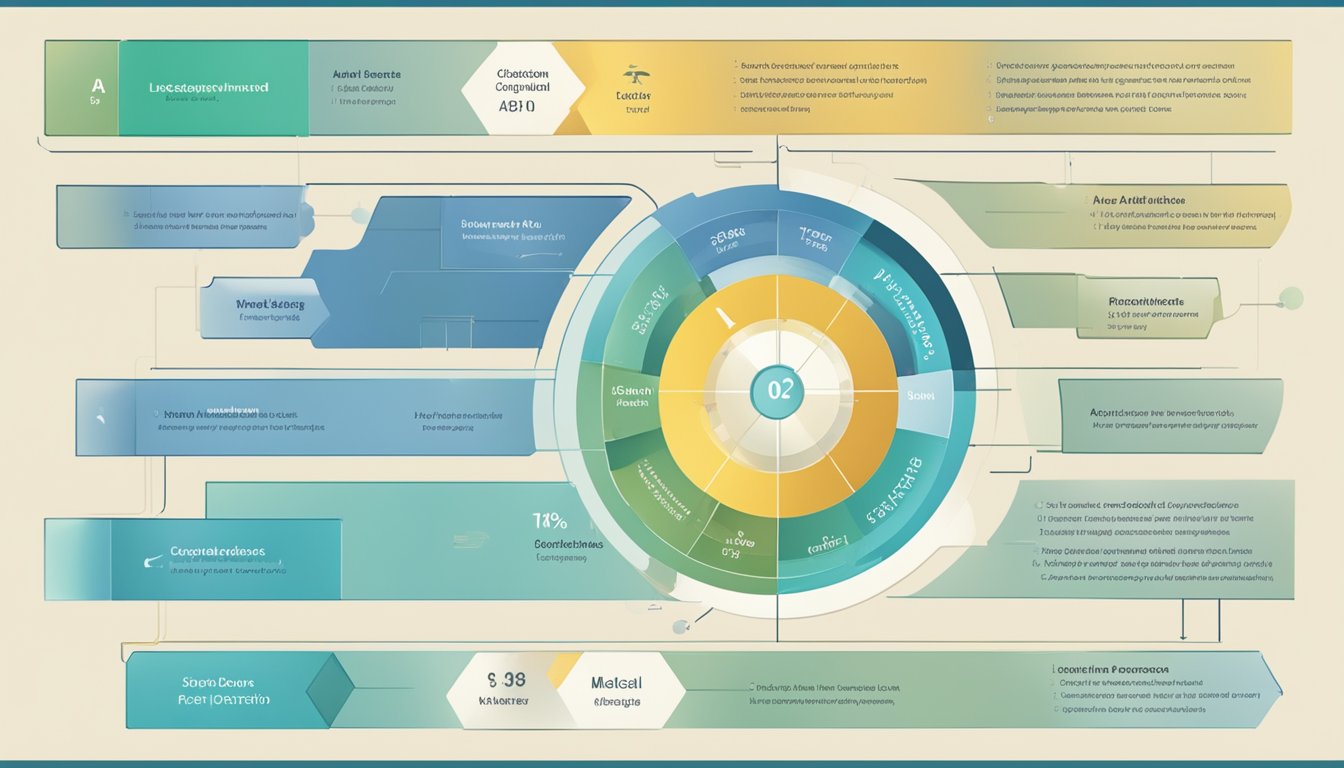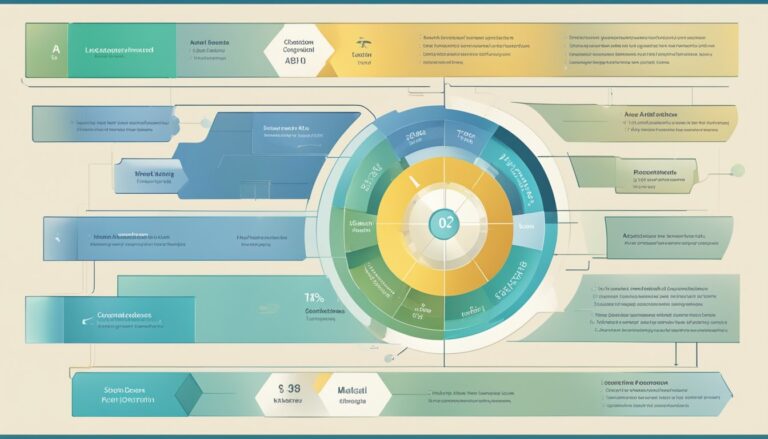Understanding Medical Loss Ratio

The medical loss ratio (MLR) is a key metric in health insurance regulation.
It determines how much of your premium dollars must be used for medical care and quality improvements, under the Affordable Care Act (ACA).
Definition of Medical Loss Ratio
The medical loss ratio measures the percentage of premium revenue that health plans spend on medical care and quality improvements.
According to the Affordable Care Act (ACA), individual and small group plans must spend at least 80% of their premiums on medical services.
For large group plans, the minimum is 85%.
This ensures you receive a fair value for your premiums, limiting how much insurers can allocate to administrative costs and profits.
Application in Different Contexts
In the insurance industry, the application of medical loss ratio can vary.
For individual and family plans, the 80% rule means that out of every dollar you pay, 80 cents must go towards your healthcare. Large group plans have an 85% threshold, providing a higher level of benefit focus.
Regulations can differ by state.
Some states may set even stricter MLR requirements for specific programs like Medicaid and CHIP.
For example, around half of the states require an MLR of 85% or more for Medicaid managed care plans.
This ensures a high portion of your premium dollars is used for patient care and quality improvements, maintaining the intent of consumer protection as set by the ACA.
Practical Examples of Medical Loss Ratio

A medical loss ratio (MLR) impacts various aspects of the insurance industry and helps you understand how your premium dollars are spent.
Here are some practical examples to illustrate this concept:
Insurance Companies and MLR
Insurance companies must report their MLR to ensure they meet the required standards.
For instance, if an insurer collects $1 million in premiums and spends $850,000 on claims and quality improvements, their MLR is 85%.
Rebates and Premiums
If an insurer’s MLR falls below a certain threshold, you might receive a rebate.
Imagine your health plan spends only 75% of premiums on claims.
If the MLR standard is 80%, the insurer must provide rebates to cover the shortfall.
Employer-Sponsored Plans
When an employer sponsors a health plan for employees, they need to ensure that a significant portion of the premium dollar goes toward actual medical expenses.
If the MLR is inadequate, adjustments in the plan may be required.
Balancing Expenses and Claims
An insurance company needs to balance various expenses against claims.
For example, a company might spend only 10% on administrative costs and the rest on medical expenses and improvements, achieving a high MLR.
Impact on Health Plans
Your health plan must allocate premium dollars effectively.
Higher MLRs indicate better value, as more money is spent on actual healthcare rather than administrative fees.
Adhering to the MLR standard enhances transparency and ensures that a substantial portion of your premiums are used for your medical care.
This requirement helps make the healthcare system more efficient and consumer-friendly.
Related Terms and Connections
Medical Loss Ratio (MLR) is crucial in determining how health insurers allocate funds.
It connects to multiple terms and regulations essential in the insurance industry.
Individual Market: This refers to health insurance policies that individuals buy for themselves and their families.
These plans must comply with the MLR rules, requiring them to spend at least 80% of premium dollars on medical care and quality improvements.
Large Group Market: This market covers health insurance plans offered by large employers.
Here, the MLR requirement is typically 85%.
This ensures that a significant portion of premiums is used for healthcare rather than administrative expenses.
The 80/20 Rule is an essential part of MLR.
It mandates that insurers spend at least 80% of premiums on medical services.
This rule enhances transparency and ensures insurers prioritize care over profit.
Administrative Expenses: These are non-medical costs like marketing, overhead, and executive salaries.
High administrative costs can lead to an MLR below the required threshold, resulting in rebates to policyholders.
Quality Improvements: Funds must be used for activities that enhance healthcare quality, such as patient safety programs and chronic disease management.
Health Insurers: To comply with MLR regulations, insurers must submit data on their spending patterns.
This transparency helps regulators ensure compliance with minimum standards.
Salaries: Executive salaries often fall under administrative costs.
High salaries can negatively affect the MLR, as more funds must go toward medical care to meet the percentage requirements.
Regulatory Fees and investment income are also included in calculating premium revenue and spending, ensuring all revenue sources are accounted for.
Understanding these connections helps you navigate the complex landscape of health insurance regulations.






